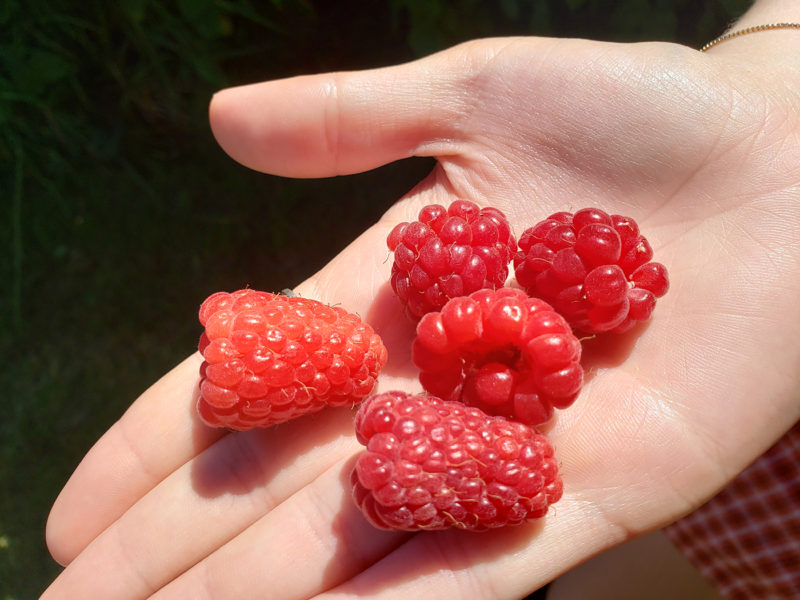BC’s Raspberry Industry Development Council members convened online this week for its first annual general meeting in 18 months.
The gathering of more than two dozen growers and industry stakeholders was a chance to look back at the past two growing seasons and towards the second half of the current fiscal year, which ends March 31.
Despite the damage a hard frost in February 2019 inflicted on canes, researchers and growers alike came out on an even keel.
Michael Dossett, who oversees breeding activities through BC Berry Cultivar Development Inc., told growers that 4,300 seedlings were evaluated in the field and 88 new selections were made. Four varieties were marked for grower trial on account of various qualities including their ability to be machine harvested, productivity and general superiority to Meeker.
One particular stand-out variety was BC 10-71-27, which emerged largely unscathed by the winter weather that damaged other varieties and went on to deliver the highest yield of the season at 6.3 tonnes per acre. While final performance assessments from the 2020 growing season aren’t complete, it also showed promise this year.
Another promising selection this year and last was BC 1653.7, which attracted the comment, “This tastes like the raspberries I remember when I was a kid.”
“For me, it’s probably the nicest thing somebody could say, because we really do pay attention to flavour,” says Dossett.
The quest for new varieties is important both to renew aging fields and to maintain the competitiveness and profitability of the raspberry sector, which has lost acreage to blueberries and other crops in recent years.
“The future of profitability in our industry is not picking fruit into a drum,” says Dossett. “The stuff that we’re trying to select to move forward in the program is the stuff that’s going to have the quality that it doesn’t just end up in a drum.”
To support new plantings, the industry asked BC Agriculture Minister Lana Popham at Ag Day in Victoria last year for a replant program similar to what exists for tree fruits and hazelnuts.
Despite the challenges facing growers, lower production in 2019 led to a modest 9% drop in levies. This did not have a significant impact on council revenues, which were buoyed by research funding.
The council’s 2020 budget anticipated collecting levies on a harvest of 12.3 million pounds, down from 12.6 million pounds in 2019.


 Universal broadband fund cheers farmers
Universal broadband fund cheers farmers